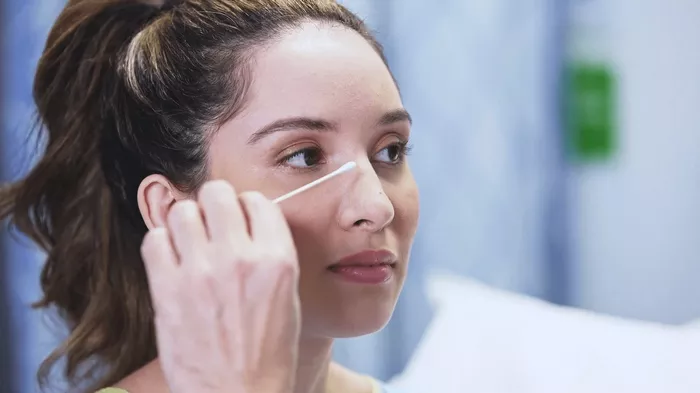Rhinoplasty, commonly known a nose job, is a surgical procedure aimed at enhancing the appearance and functionality of the nose. While rhinoplasty has gained popularity over the years, it is essential to understand the potential risks and complications associated with this procedure. In this article, we will delve into the question of how often rhinoplasty goes wrong, exploring the factors that contribute to unfavorable outcomes and providing insights into minimizing risks.
Understanding Rhinoplasty:
Rhinoplasty can be performed for cosmetic or functional reasons. Cosmetic rhinoplasty aims to improve the aesthetic appearance of the nose, while functional rhinoplasty focuses on correcting breathing difficulties caused by structural abnormalities. Both types of procedures involve reshaping the nasal bones, cartilage, and tissues to achieve the desired outcome.
Factors Contributing to Unfavorable Outcomes:
Surgeon Experience and Skill: The expertise and experience of the surgeon play a crucial role in the success of rhinoplasty. Surgeons who specialize in facial plastic surgery and have extensive training in rhinoplasty techniques are more likely to deliver favorable results.
Patient Expectations: Unrealistic expectations can lead to dissatisfaction with the outcome of rhinoplasty. It is vital for patients to have open and honest communication with their surgeon, discussing their goals and understanding the limitations of the procedure.
Nasal Anatomy and Complexity: Each individual’s nasal anatomy is unique, and the complexity of the procedure can vary. Factors such as thick skin, weak cartilage, or previous nasal surgeries can increase the risk of complications.
Healing and Recovery: Proper healing and recovery are crucial for achieving optimal results. Failure to follow post-operative instructions, such as avoiding strenuous activities or smoking, can negatively impact the healing process and increase the risk of complications.
Common Complications in Rhinoplasty:
While rhinoplasty is generally safe, there are potential complications that can occur. It is important to note that the occurrence of these complications varies among patients and depends on several factors. Some common complications include:
Infection: Although rare, infections can occur after rhinoplasty. Surge take precautions to minimize the risk of infection by prescribing antibiotics and providing detailed post-operative care instructions.
Bleeding: Some bleeding is expected during and immediately after surgery. However, excessive or prolonged bleeding may require medical intervention.
Scarring: Incisions made duringinoplasty are typically well-hidden, but scarring can still occur. Most scars fade over time and become less noticeable.
Nasal Obstruction: In some cases, rhinoplasty can lead to nasal obstruction, making it difficult to breathe through the nose. This can be caused by structural changes or excessive swelling.
Asymmetry: Achieving perfect symmetry is challenging in any surgical procedure, including rhinoplasty. Minor asymmetries may be present after surgery, but they are often not noticeable to others.
Preventing Rhinoplasty Complications:
To minimize the risk of complications and increase the likelihood of a successful outcome, several measures can taken:
Choose an Experienced Surgeon: Research and select a board-certified plastic surgeon with extensive experience in rhinoplasty. Review their qualifications, patient testimonials, and before-and-after photos.
Communicate Effectively: Clearly communicate your goals and expectations with your surgeon during the consultation process. A skilled surgeon will provide an honest assessment of what can be achieved realistically.
Follow Post-Operative Instructions: Adhere strictly to the post-operative care instructions provided by your surgeon. This includes taking prescribed medications, avoiding certain activities, and attending follow-up appointments.
Maintain Realistic Expectations: Understand that rhinoplasty can enhance your appearance, but it may not result in perfection. Realistic expectations will help you appreciate the improvements achieved through the procedure.
Conclusion:
Rhinoplasty is a popular surgical procedure that can yield transformative results when performed by a skilled and experienced surgeon. While complications can occur, they are relatively rare, especially when patients choose their surgeon wisely and follow post-operative instructions diligently. By understanding the factors that contribute to unfavorable outcomes and taking necessary precautions, individuals considering rhinoplasty can increase their chances of achieving a successful and satisfying result.


